
When "Mr. Quang" is good at his job
The story of “teacher Quang” was mentioned quite early by Quang Nam scholar Nguyen Van Xuan, but initially it was only related to literature. In his research “The Duy Tan Movement” in 1969, he wrote: “Since the flourishing of education, Quang Nam began to “export” teachers besides the eight-wheeled and black-handed…
When Mr. Quang, Mr. Bac, and Mr. Nghe came to Binh Dinh, they often stopped and from then on they gave way to Mr. Quang to freely manipulate the literary market.
Then, the image of “teacher Quang” was no longer limited to the “literary market”. In 2001, at the conference “Quang Nam – distinctive cultural values”, the sketch of “teacher Quang” was expanded to include having skills and knowing how to pass on the profession.
“In the past, many people from Quang Nam were respectfully called Master Quang throughout the South Central and Southern regions. The word “Master Quang” was respectfully called differently from Master Bac and Master Nghe because Master Bac and Master Nghe only specialized in teaching letters. (…) The word “Master Quang” mentioned above has been passed down for a long time and not only taught letters but also all fields and professions.
Because after 1860, Chinese characters were no longer used in the colony of Cochinchina, the Quang teachers were no longer highly educated people with great degrees who followed the boats to the South, but only people with average education and skilled workers..." (Nguyen Van Xuan, Quang Nam people with the development of occupations in the South).
Scholar Nguyen Van Xuan is always interested in talking about learning and professions in Quang Nam. He admires his predecessors' passion for learning: "Because he had absolute faith in the profession as the key to making people and the country strong, Phan Chau Trinh learned the profession wherever he went and later made a living as a photographer in Paris.
As for Huynh Thuc Khang, a Confucian scholar in Vietnam, when he was nominated to become a journalist, he declared that “without professionalism, nothing can be done.” The Vietnamese Confucian scholar who mentioned the word professionalism in 1926 still surprised me. Perhaps he was the first person to mention that word!” (Duy Tan Movement, excerpt).
Following the flow of people moving to the South, the Quang people groups have many differences. For example, in the construction industry, if migrants from other provinces are just "handymen" (doing whatever they come across), the Quang Nam workers are more trusted because they have rules, know how to pass on their skills to each other, and are bound together by an invisible thread.
Silk trade delegations pouring into the South also created a “special silk road” from Quang Nam, even to Phnom Penh. When the experts and weavers from Quang stopped at the Bay Hien crossroads, a new craft village immediately took shape in the Southern land…
Since the 70s of the 19th century, Nguyen Thanh Y brought Quang Nam silk to France to participate in the exhibition, which was already a strange thing. In the 40s of the 20th century, the wide-width improved loom of Mr. Vo Dien (Cuu Dien) in Duy Xuyen helped the textile industry step straight into modernization, and the installation of motors to run several looms at the same time in Saigon was even more strange.
The old profession spread far and wide to new lands.
Go and stop
On the vast fields of the Southern Delta, there were early traces of Quang people. Professor Le Thanh Khoi noted in “History of Vietnam from the origin to the middle of the 20th century” that, as early as the first half of the 17th century, the vagrants in Thuan Quang, driven away by poverty, came to settle in Dong Nai . The Nguyen Dynasty encouraged this settlement movement, providing tax incentives so that the wealthy landlords of Thuan Quang could recruit people from the common people…
Professor Le Thanh Khoi mentioned “a type of boat with a closed compartment built and sold by some professional villages”, used to transport rice, livestock, areca nuts, salt, fish sauce, forest products, fabrics… between Gia Dinh and Thuan Quang. John Barrow, an English traveler who came to Dang Trong in 1792-1793, also praised the boat building techniques of these villages.
So which craft village in Dang Trong region was prominent in shipbuilding techniques many centuries ago?
Historical documents and other records are not specifically written. But through the pages of old books, we can see the figure of a son of An Hai village, An Luu Ha commune, Dien Phuoc district, Dien Ban prefecture, Quang Nam province (now Son Tra district, Da Nang city): Thoai Ngoc Hau - Nguyen Van Thoai. From the age of 17, he went to the South to join the army of Nguyen Anh (later King Gia Long), with illustrious achievements and left behind more or less "traces" of the shipbuilding profession.
Mr. Nguyen Khac Cuong, a descendant of the famous Thoai Ngoc Hau, said that according to the family tradition, while serving as a royal escort in Siam, Thoai Ngoc Hau contributed a lot to the work of building warships and fighting against Burma. Professor Nguyen Van Hau cited this story in the book "Thoai Ngoc Hau and the Explorations of Hau Giang" written in 1971.
The “Quang masters” who sailed on junks, goods were transported on “boats with closed compartments”, the “warship building” profession had the shadow of Mr. Thoai Ngoc Hau… Such voyages were further confirmed through “The History of Reclamation of the South” by writer Son Nam. The Ben Nghe area of Saigon at that time had time to “hold back” the Central region’s migrants.
“The land was good and located along the coast, migrants could take boats from the Central region to the estuary to make a living, in addition to the profits from the fields, they could also make a living from fish and shrimp. Fishing at sea was the forte of the Vietnamese people. (…) Thanks to the sea route, communication with their homeland in the Central region was convenient,” writer Son Nam explained.
Source: https://baoquangnam.vn/dau-nghe-tren-dat-phuong-nam-3140896.html



![[Photo] Binh Trieu 1 Bridge has been completed, raised by 1.1m, and will open to traffic at the end of November.](https://vphoto.vietnam.vn/thumb/1200x675/vietnam/resource/IMAGE/2025/10/2/a6549e2a3b5848a1ba76a1ded6141fae)






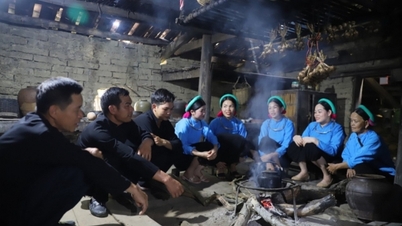

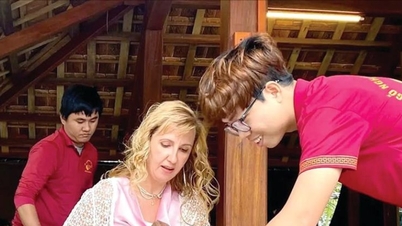




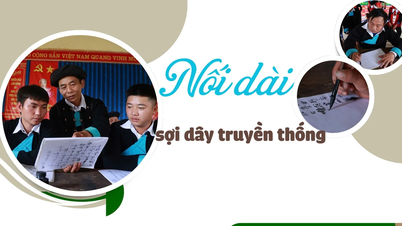

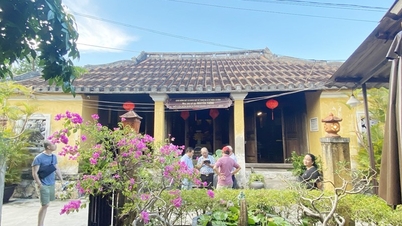

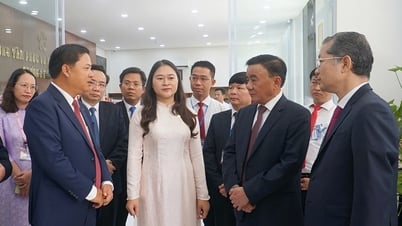
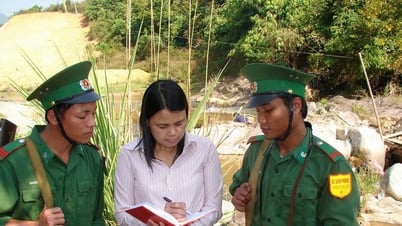
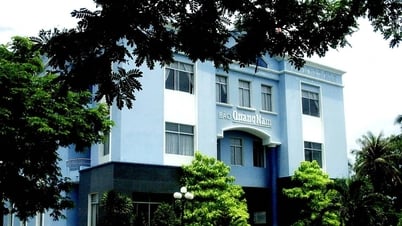
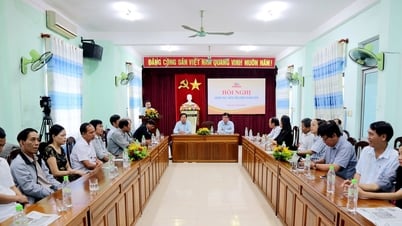





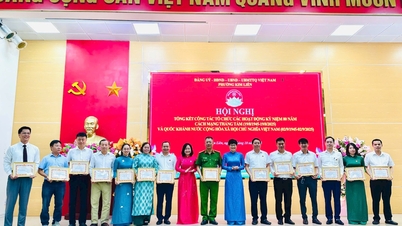
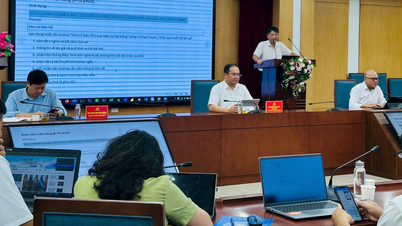
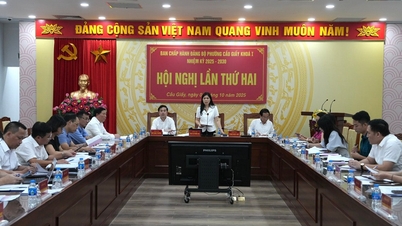
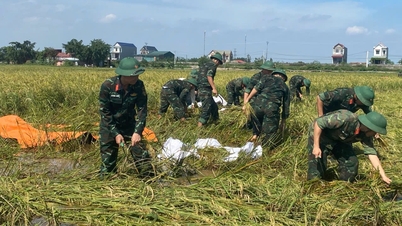






































































Comment (0)